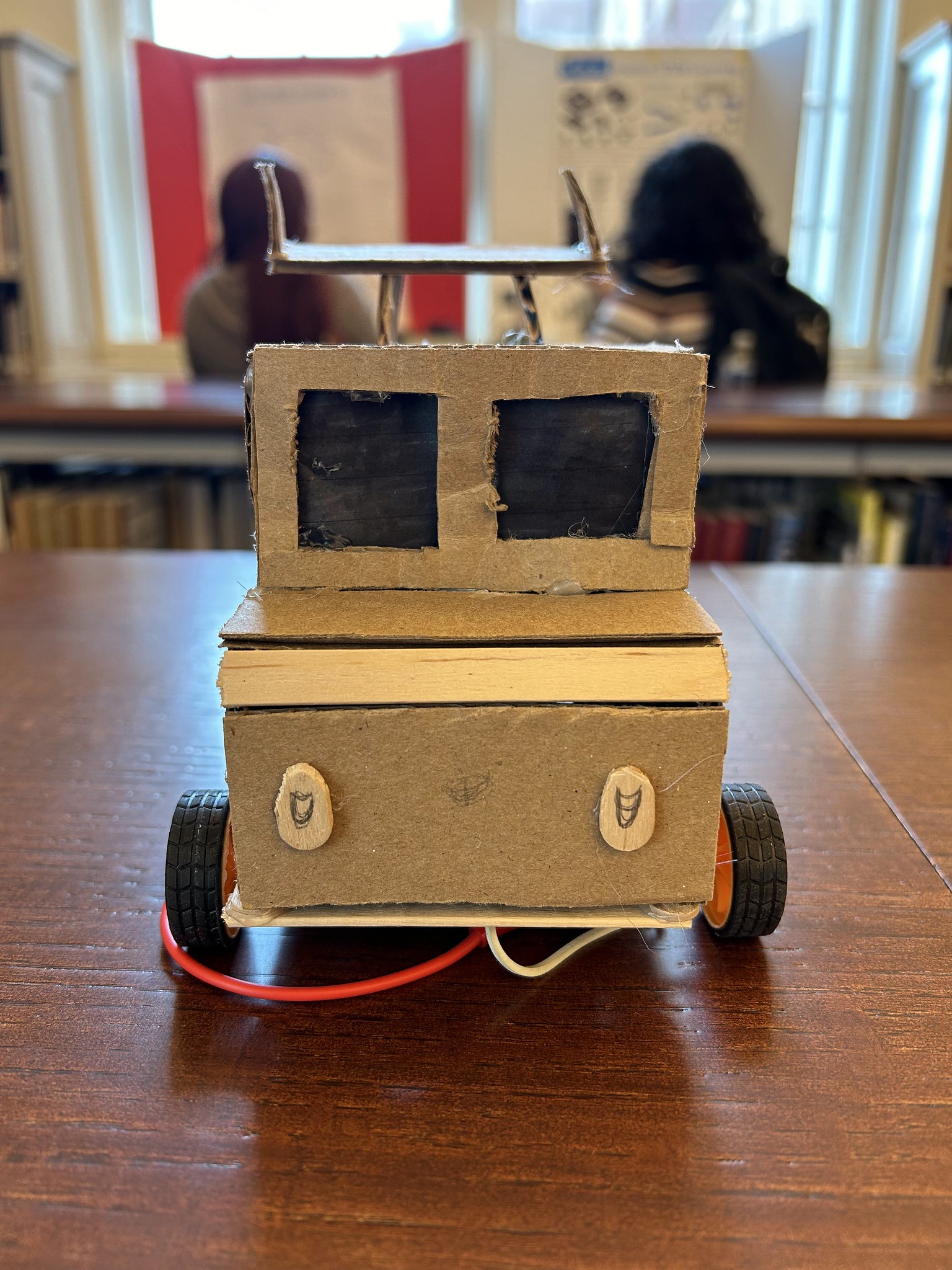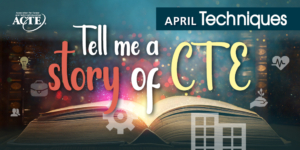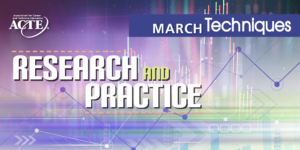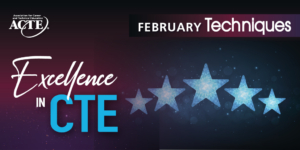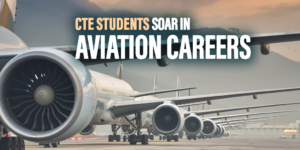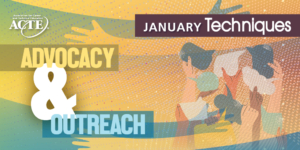About a decade ago, a school superintendent told Jonathan Gueverra, Ed.D., president and CEO of The College of the Florida Keys, that almost one in five of his students had some form of intellectual disability. “I asked, ‘What happens to them?’ He said, ‘I don’t know.’”
Gueverra was not willing to live in that uncertainty. “Why not create a place where everybody has an opportunity to be successful?”
The College of the Florida Keys’ Project ACCESS was created to offer a postsecondary education for students with intellectual disabilities and autism. ACCESS stands for Accessing Community College Educational experiences, Social experiences, and Skills for careers. The program trains students for the workforce through certifications, internships and paid employment.
“We offer training that includes social skills, retail, technology, interviewing skills, writing resumes,” said Nicole Gerrard, executive director of student success services at the college. “When they complete the program, they’re ready for the workforce.”
Florida students RISE Up.
Project ACCESS at The College of the Florida Keys was an ideal partner for the National Retail Federation (NRF) Foundation’s RISE Up program. The RISE Up program was developed in collaboration with more than 20 retailers dedicated to ensuring students have the skills to succeed in an industry that offers solid career opportunities. The College of the Florida Keys utilizes RISE Up’s introductory course, Re- tail Industry Fundamentals, during which students learn about career pathways and study retail operations.
This certification program is vital, not only for training students, but also for the message it sends: “It says to employers, ‘These students have met the mark.’ It says to students that this is a program that can help to prepare them so that they can meet the needs and the demands of employers,” said Gueverra. “It says to parents who are looking at the college as a potential opportunity for their students, that this institution and the NRF Foundation provide opportunities.”
A new microcredential from the NRF Foundation, tailored for retail frontline workers and those entering customer facing roles, focuses on positive interactions with neurodivergent customers. This training will enhance their knowledge and skills with an emphasis on inclusivity and best practices in customer service.
RISE Up: Gain hands-on experience.
Chrisfer Hyppolite, a Key West, Florida, native, graduated from The College of the Florida Keys in December 2024 with her RISE Up certificate. While role-playing retail shop operations, she learned to be a cashier and interact with challenging customers. Hyppolite and other students also participated in mock job interviews and site visits to watch retail operations in action. Skills like upselling and cross-selling as well as managing operations are also included in the coursework.
“I learned a lot of things that I did not know before, like marketing,” Hyppolite said. “Earning a RISE Up certificate made me proud. I know it will help me with my job in the future.” The goal is to help the students feel prepared for what lies ahead. “I’m totally ready for a job interview. I feel confident.”
RISE Up: Plan for the future.
The NRF Foundation RISE Up curriculum, coupled with instructor Nina Medyk’s dedication to hands-on learning, provides students with a holistic view of the diversity of retail careers and the skills to succeed. The NRF Foundation named The College of the Florida Keys as its RISE Up partner of the year in 2025.
“In the beginning some students think that retail’s pretty straightforward. But then they take the RISE Up curriculum, and they realize that there’s actually a lot more that goes into retail,” Medyk said. “There are different sectors: customer service, stocking, inventory, product cycle.”
Conclusion
“Retail careers provide career ladders,” said Gueverra. “You can go from being somebody at the register, somebody who stocks the shelves, to become a supervisor, a manager, a buyer, a general manager. The retail industry has so many different levels of careers. You can learn so much about so many other industries because everything that we do passes through the retail sector.”
Retail is “becoming increasingly inclusive,” said Medyk. “I think a lot of our students enjoy the structure that a retail career provides.”
NRF Foundation RISE Up and Project ACCESS combine to deliver “great training for students,” Gerrard said. “It exposes them to a world of opportunity that they may have never considered before. Every day students surprise us.
“Over the course of three semesters going through our program and the RISE Up training, they blossom. Many of the students, when they first started with us, would not say a word. Now, they have confidence. They have experience in communicating with others and they’re confident to go and apply for jobs.”
Sandy Smith is a writer based in Nashville, Tennessee. She frequently writes on retail and workforce trends.


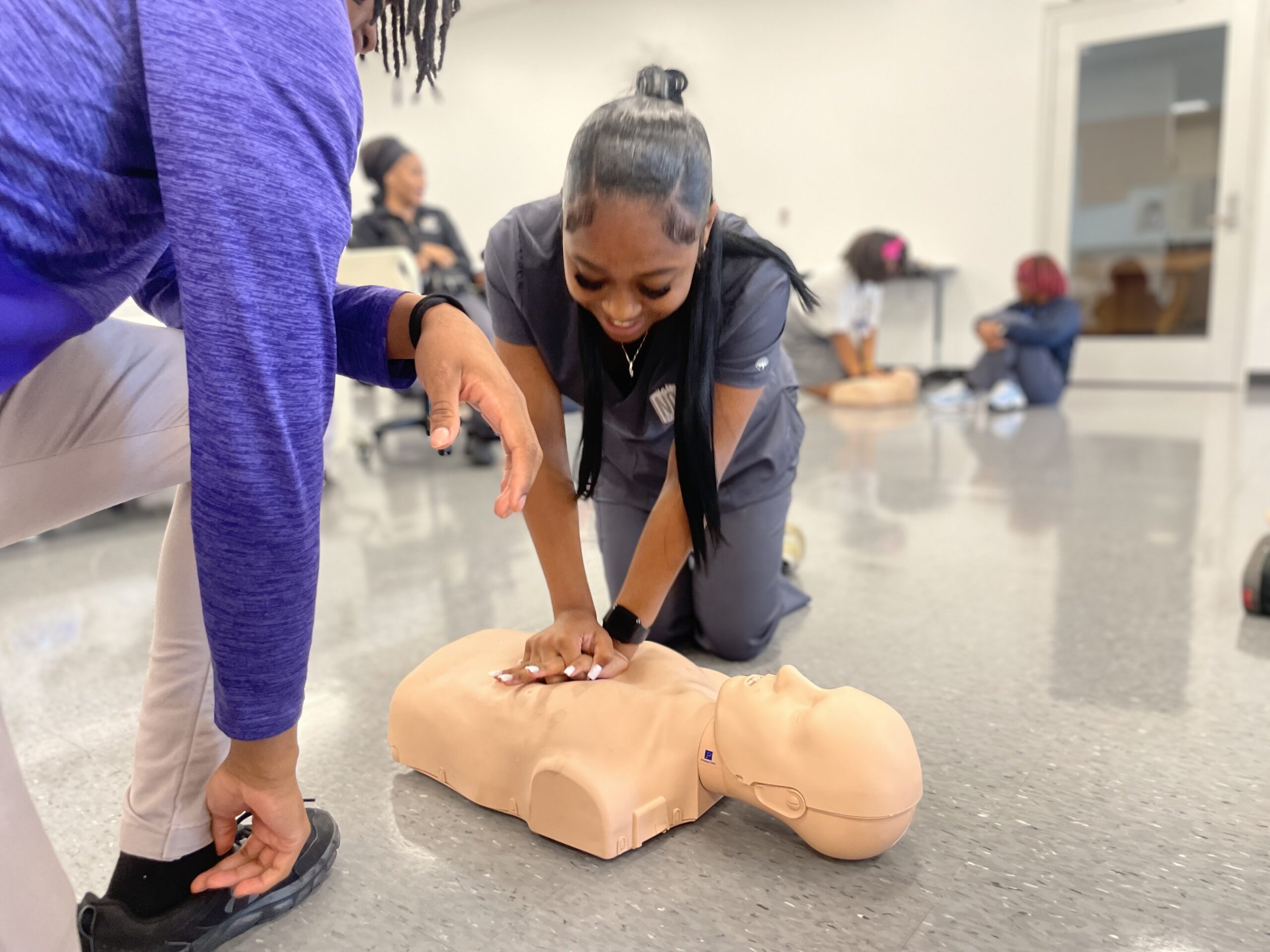

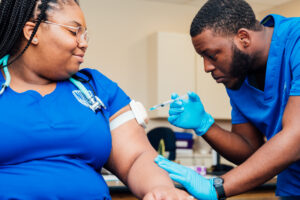


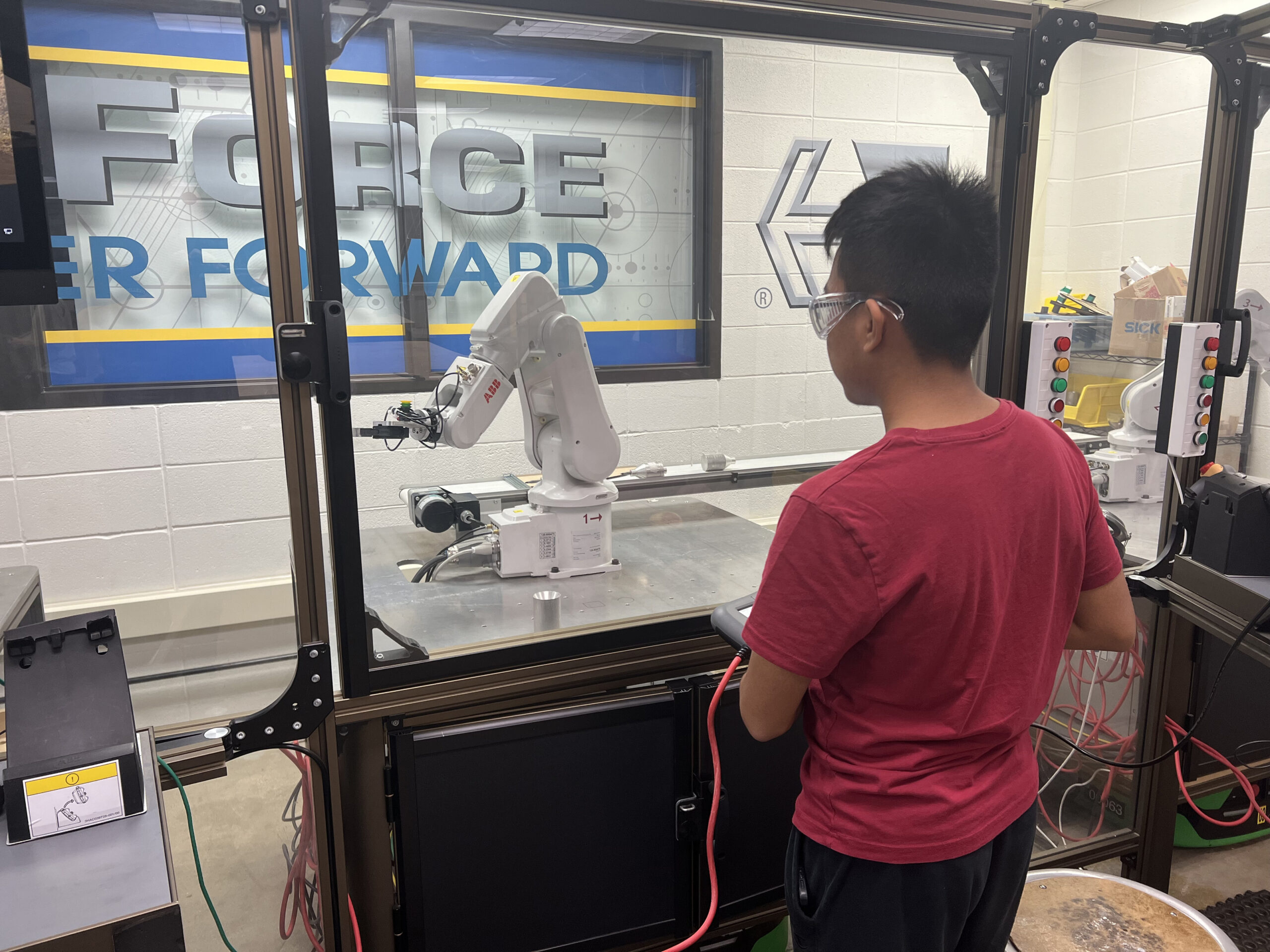
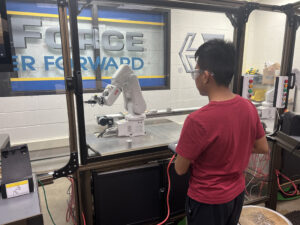 Wheeling High School (WHS) is located in one of the most densely populated industrial regions in the United States. Known as the Golden Corridor, the northwestern suburbs of Chicago, Illinois, are home to businesses of all shapes and sizes, as well as several Fortune 500 company headquarters. Approximately 85,000 people in this region are employed by manufacturing companies. So, in 2008, WHS began teaching a manufacturing curriculum for career and technical education (CTE) students. The program has since grown to include CNC machining, welding, tooling design, 3D printing, laser cutting and, finally, robotics.
Wheeling High School (WHS) is located in one of the most densely populated industrial regions in the United States. Known as the Golden Corridor, the northwestern suburbs of Chicago, Illinois, are home to businesses of all shapes and sizes, as well as several Fortune 500 company headquarters. Approximately 85,000 people in this region are employed by manufacturing companies. So, in 2008, WHS began teaching a manufacturing curriculum for career and technical education (CTE) students. The program has since grown to include CNC machining, welding, tooling design, 3D printing, laser cutting and, finally, robotics.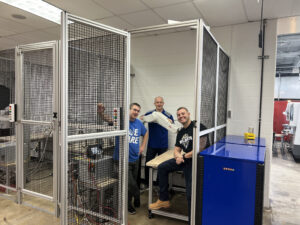
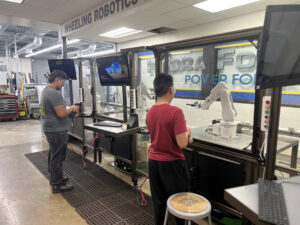
 “Automation is an incredibly valuable tool for manufacturers to be competitive, now and in the future,” said Steinbach. “We have partner meetings twice a year. And many of them need workers skilled in automation and mechatronics. We are going to continue to grow this program because companies really need the people. And our students deserve lucrative careers.
“Automation is an incredibly valuable tool for manufacturers to be competitive, now and in the future,” said Steinbach. “We have partner meetings twice a year. And many of them need workers skilled in automation and mechatronics. We are going to continue to grow this program because companies really need the people. And our students deserve lucrative careers.